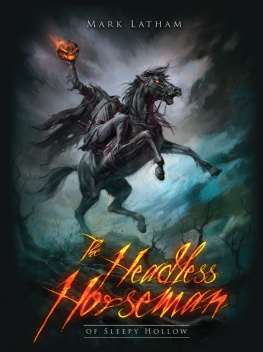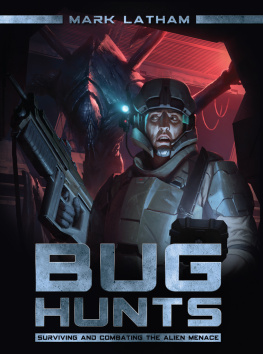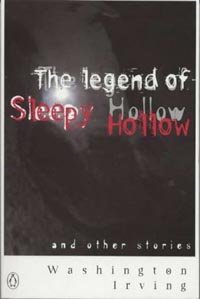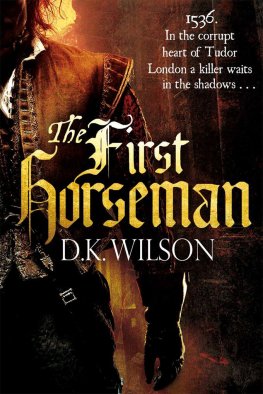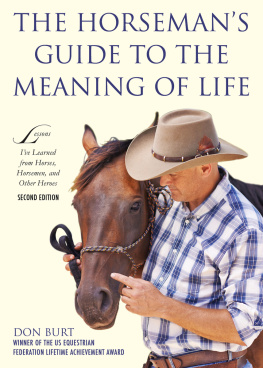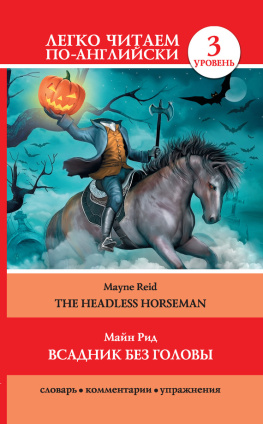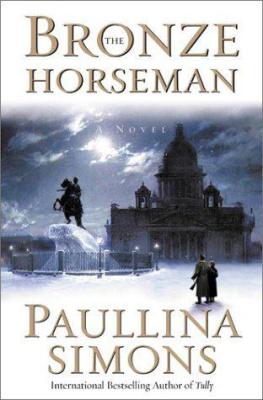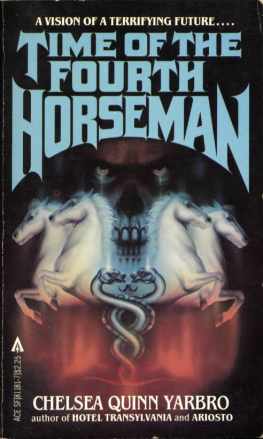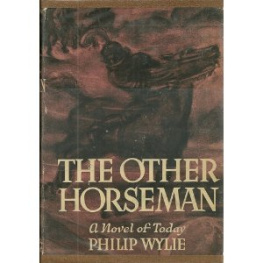
Contents
Introduction
Faith, sir, replied the story-teller, as to that matter, I don't believe one-half of it myself.
- D.K.
The Legend of Sleepy Hollow has long held a fascination for scholars of the supernatural, and, more commonly, those who study the rise of the urban legend. For this short tale by acclaimed American author Washington Irving, based on snatches of folklore and ghost stories from the Dutch settlement of Tarrytown, New York, is widely believed to be a fiction, dreamt up from Irvings vivid imagination. That it has come to capture the public imagination, becoming known as a real slice of American folk mythology rather than a mere story, is testament to the power of the narrative. Parallels may well be drawn between Sleepy Hollow and the British tale of Sweeney Todd, the Demon Barber of Fleet Street another fictional character widely believed to have existed in old London town.
But what if The Legend of Sleepy Hollow, and its grim story of the unfortunate schoolteacher Ichabod Crane, was not a fiction at all? What if, in the tradition of his peers across the world, Washington Irving had stumbled upon a supernatural truth, an esoteric mystery so dark as to defy the rationale of everyday folk? Wrapped in the disguise of a storybook, The Legend of Sleepy Hollow merely hints at the true nature of the Headless Horseman. For these ghastly spirits are not just found in the state of New York, nor even on American soil. Headless spirits are a unique, sentient form of wraith, and tales of their terrifying exploits have been recorded since the Dark Ages.
The book you hold in your hands uncovers certain uncomfortable truths. Truths that reveal the Headless Horseman, and others like him, to be at large in the dark places of the world. Should one encounter a headless spirit of this type, then it is said that tragedy will surely follow, for the one common thread of all the tales of headless spirits is that they are harbingers of evil and dismay. For most common folk, it is better to go through life not knowing of the existence of these fell entities. If you are such a soul, better to close this book now than to have the safe haven of ignorance torn from you. But if you are of a more intrepid mind, and would rather have the truth at any cost, then read on, if you dare
Chapter 1 Sleepy Hollow
From the listless repose of the place, and the peculiar character of its inhabitants, who are descendants from the original Dutch settlers, this sequestered glen has long been known by the name of Sleepy Hollow A drowsy, dreamy influence seems to hang over the land, and to pervade the very atmosphere.
Our story begins not at the very origins of the headless spirits, but at the site of their most famous haunt: Sleepy Hollow itself, which lies in the valley of the Pocantico River, a small stream that flows into the Hudson. It was in this remote settlement that Washington Irving, following in the footsteps of the real Ichabod Crane, encountered the malevolent horseman. Assuming the nom de plume of storyteller Diedrich Knickerbocker, Irving penned the tale of Cranes exploits, hoping it would serve as a grim warning to future generations. Had he known that one day his writings would be laughed off as a harmless ghost story, he might have reconsidered his approach. For now, however, let us examine the tale, as told by Irving so long ago, and its ghastly message.
The Legend
The old country wives, however, who are the best judges of these matters, maintain to this day that Ichabod was spirited away by supernatural means; and it is a favorite story often told about the neighborhood round the winter evening fire. The bridge became more than ever an object of superstitious awe; and that may be the reason why the road has been altered of late years, so as to approach the church by the border of the millpond. The schoolhouse being deserted soon fell to decay, and was reported to be haunted by the ghost of the unfortunate pedagogue and the plowboy, loitering homeward of a still summer evening, has often fancied his voice at a distance, chanting a melancholy psalm tune among the tranquil solitudes of Sleepy Hollow.
Irvings famous legend relates the tale of Ichabod Crane, a schoolteacher from Connecticut, and his adventures in Sleepy Hollow. This secluded glen is situated in the countryside around the Dutch settlement of Tarrytown, and was renowned for its ghosts and superstitions long before the arrival of Crane. The most infamous specter of the region was, of course, the Headless Horseman thought to be the restless spirit of a Hessian artilleryman, killed during some nameless battle of the American Revolutionary War, and who rode abroad to the scene of the battle in nightly quest for his head.
When Ichabod Crane arrived in Sleepy Hollow, he fell in love with Katrina Van Tassel (in reality Catriena Van Tassel), the sole daughter of wealthy farmer Baltus Van Tassel, and set about attempting to win her hand. However, his rival for the affections of Katrina was local hero and rowdy Abraham Van Brunt, known locally as Brom Bones. Crane was a jittery, superstitious man, and before long Brom took advantage of his rivals nervous nature by playing a series of practical jokes upon him, making Crane a Yankee and an outsider look foolish at every opportunity.
Baltus Van Tassels fortune was the greatest in the area, and Katrina was thus the most eligible young woman in Sleepy Hollow. Though by modern standards it paints his protagonist in a poor light, Irving was clear that Ichabod Crane coveted Katrinas dowry as much as her love. With this in mind, Ichabod attended a harvest party at the Van Tassel home, where he danced, feasted, and listened to ghost stories told by the locals. When the party-goers finally went home, Ichabod stayed behind and proposed to Katrina, but was refused. Crestfallen, Ichabod returned home, riding through the woods between the farmstead and Sleepy Hollow late at night.
Ichabod, his imagination fired up by the stories told that night, was in a nervous state. Passing beneath a lightning-stricken tulip tree itself a haunted spot Ichabod reached at last an intersection in the road, in the midst of a swamp. There, he encountered a horseman, cloaked and silent, and upon closer inspection realized that the strangers head was not on his shoulders, but instead lashed to his saddle. Ichabod spurred on his horse and fled, aiming for the bridge next to the Old Dutch Burial Ground, where it was said the Hessian would vanish upon crossing. Making it at last to the bridge, Ichabod urged his plough-horse across, and turned in horror to see the Headless Horseman crossing also. There was no flash of fire and brimstone as the legend suggested instead, the Hessian reared his horse and flung his flaming head at Ichabods face, unseating the schoolmaster at once.
The next morning, Ichabod Crane was nowhere to be found. Indeed, the only traces of him at all were his wandering horse, trampled hat, and remnants of a shattered pumpkin. Brom Bones was thus free to marry Katrina, and the story as written clearly implicates him in the disappearance of Ichabod Crane. Yet, even if Brom had dressed up as the Hessian and used a jack olantern as a severed head, was he really the sort of man to dispose of a weaker opponent so cruelly?
If we take Washington Irvings tale as more than a mere fiction, it begs the questions what happened to Ichabod? And who bore witness to tell the tale to Irving?


